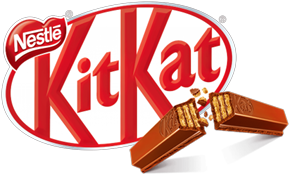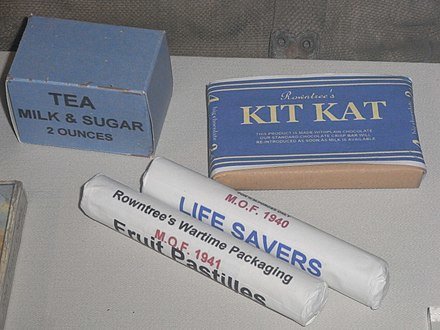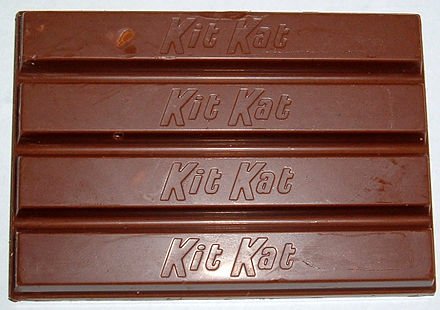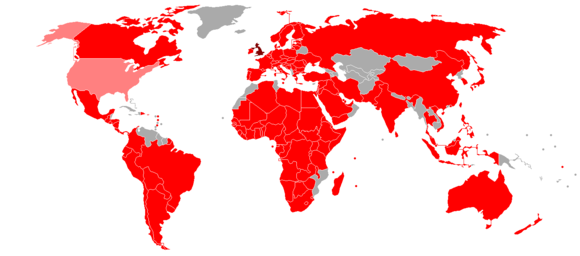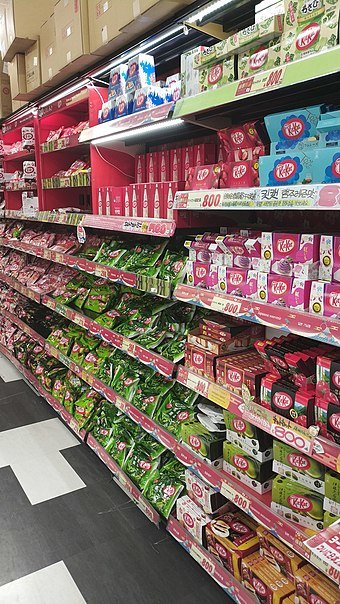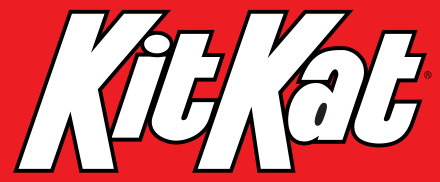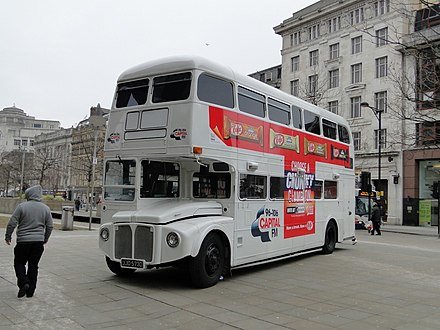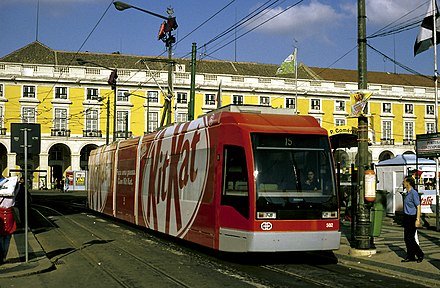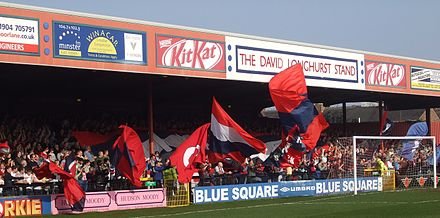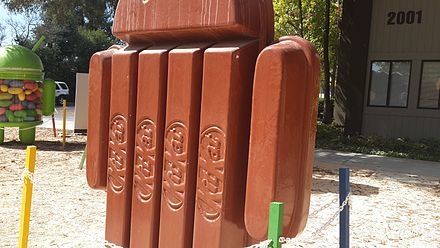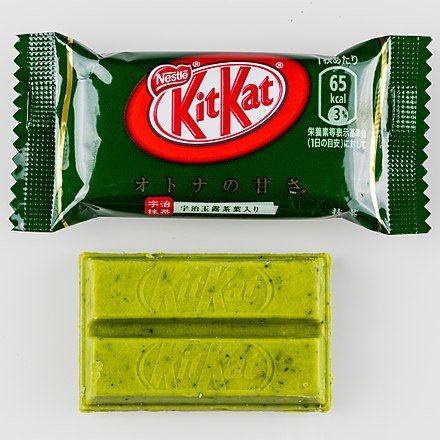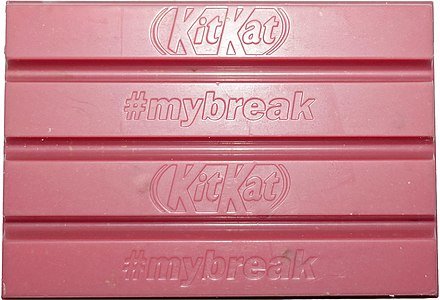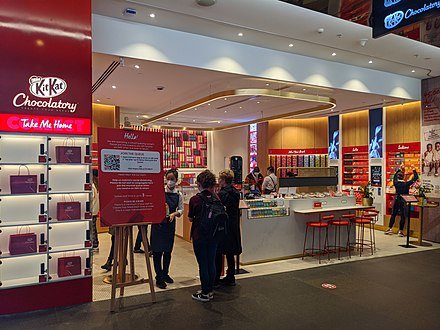British Heritage
Remember, Cherish, Learn.
beta
Kit Kat - Have A Break x 1 Billion
Legacy and Contribution to British Heritage.
Kit Kat, the iconic chocolate-covered wafer bar confection, has left an indelible mark on British heritage since its creation by Rowntree's of York, United Kingdom. Introduced in September 1935 as "Rowntree's Chocolate Crisp," it quickly became a beloved treat among the British populace. The name was later changed to "Kit Kat Chocolate Crisp" and eventually shortened to just "Kit Kat" after World War II.
One of the most significant contributions of Kit Kat to British heritage is its enduring presence in the cultural landscape. The brand's catchphrase, "Have a break... have a Kit Kat," has become a well-known part of the nation's advertising history since its first television appearance in 1958. This simple slogan encapsulates the essence of Kit Kat, promoting the idea of taking a moment to relax and enjoy a delicious treat.
Moreover, Kit Kat's popularity in the UK paved the way for its expansion beyond the country's borders. In the 1940s, Kit Kat was exported to various countries, including Canada, South Africa, Ireland, Australia, and New Zealand, solidifying its status as a global confectionery brand.
Kit Kat's success can be measured by its consistent position as one of the best-selling chocolate bars in the world. Nestlé, which acquired Rowntree's in 1988, currently produces Kit Kat globally, with the exception of the United States. The Nestlé factory in York, UK, is capable of producing a staggering one billion bars annually, making it a testament to Kit Kat's enduring popularity.
The bar's original design consisted of four pieces, each containing three layers of wafer covered by chocolate. Over time, Kit Kat has evolved to include various flavors, such as milk, white, and dark chocolate, appealing to different tastes and preferences.
Throughout its history, Kit Kat has been no stranger to innovation and adaptation. In response to changing consumer demands and market trends, Nestlé introduced a multitude of flavors and variations, including the successful Kit Kat Chunky in 1999. The brand's ability to remain relevant by constantly introducing new and unique flavors has solidified its position as a confectionery favorite.
Kit Kat's legacy in British heritage lies not only in its sales success but also in its cultural impact. The brand has managed to transcend generations, becoming an integral part of British life. Its distinct red packaging and iconic logo have become instantly recognizable symbols associated with delicious chocolate goodness and moments of relaxation.
Furthermore, Kit Kat's ability to adapt to changing times and consumer preferences has allowed it to maintain its position as a beloved treat among the British people. From wartime promotions to limited and special editions, Kit Kat has consistently found new ways to captivate its audience and remain relevant.
As the brand celebrates its 75th anniversary in 2010, it is evident that Kit Kat has firmly established itself in British culture, symbolizing comfort, indulgence, and a shared love for a delectable chocolate break. Its impact on British heritage and its continued success in the global market ensure that Kit Kat's legacy will endure for many years to come.
One of the most significant contributions of Kit Kat to British heritage is its enduring presence in the cultural landscape. The brand's catchphrase, "Have a break... have a Kit Kat," has become a well-known part of the nation's advertising history since its first television appearance in 1958. This simple slogan encapsulates the essence of Kit Kat, promoting the idea of taking a moment to relax and enjoy a delicious treat.
Moreover, Kit Kat's popularity in the UK paved the way for its expansion beyond the country's borders. In the 1940s, Kit Kat was exported to various countries, including Canada, South Africa, Ireland, Australia, and New Zealand, solidifying its status as a global confectionery brand.
Success and General Information
Kit Kat's success can be measured by its consistent position as one of the best-selling chocolate bars in the world. Nestlé, which acquired Rowntree's in 1988, currently produces Kit Kat globally, with the exception of the United States. The Nestlé factory in York, UK, is capable of producing a staggering one billion bars annually, making it a testament to Kit Kat's enduring popularity.
The bar's original design consisted of four pieces, each containing three layers of wafer covered by chocolate. Over time, Kit Kat has evolved to include various flavors, such as milk, white, and dark chocolate, appealing to different tastes and preferences.
Throughout its history, Kit Kat has been no stranger to innovation and adaptation. In response to changing consumer demands and market trends, Nestlé introduced a multitude of flavors and variations, including the successful Kit Kat Chunky in 1999. The brand's ability to remain relevant by constantly introducing new and unique flavors has solidified its position as a confectionery favorite.
Legacy and Continued Popularity
Kit Kat's legacy in British heritage lies not only in its sales success but also in its cultural impact. The brand has managed to transcend generations, becoming an integral part of British life. Its distinct red packaging and iconic logo have become instantly recognizable symbols associated with delicious chocolate goodness and moments of relaxation.
Furthermore, Kit Kat's ability to adapt to changing times and consumer preferences has allowed it to maintain its position as a beloved treat among the British people. From wartime promotions to limited and special editions, Kit Kat has consistently found new ways to captivate its audience and remain relevant.
As the brand celebrates its 75th anniversary in 2010, it is evident that Kit Kat has firmly established itself in British culture, symbolizing comfort, indulgence, and a shared love for a delectable chocolate break. Its impact on British heritage and its continued success in the global market ensure that Kit Kat's legacy will endure for many years to come.
- Kit Katen.wikipedia.org
